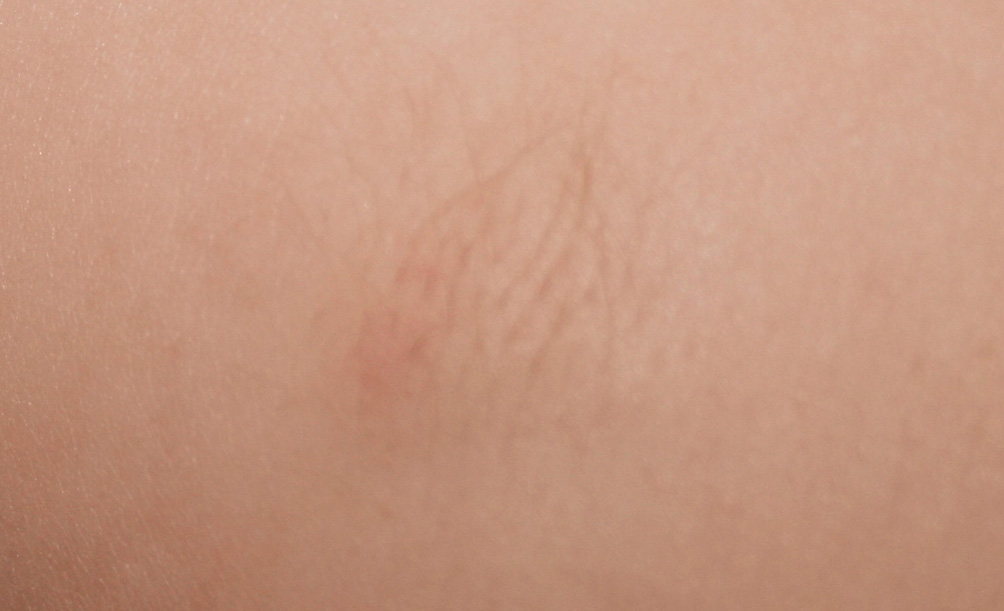Self-healing sclerosing solitary neurofibroma of infancy.

Downloads
DOI:
https://doi.org/10.26326/2281-9649.27.4.1516How to Cite
Abstract
Neurofibroma is one of the hallmarks of neurofibromatosis; in this case we are dealing wirh multiple lesions that generally appear towards the end of the second decade of life, even though the plexiform variant can be congenital. Neurofibromas, once formed, persist throughout life. Multiple neurofibromas are also found in Cowden’s syndrome (7). However, there is also solitary neurofibroma that can be found on the skin, on the mucous membranes or in different organs. Solitary neurofibroma of the skin usually presents itself as a tumor of soft consistency. Several histological variants of neurofibroma (4) have been described, the rarest being the sclerotic variant, that has been described both in multiple neurofibromas of peripheral neurofibromatosis (3) and in solitary neurofibromas of the skin (1, 2, 5, 6). It has been hypothesized (5) that collagen fibrosis is due to the presence of mast cells; these have been demonstrated in close contact with neurofibroma cells on electron microscopy. To the best of our knowledge we have not found self-healing, sclerosing cases of infantile neurofibroma in the literature.
